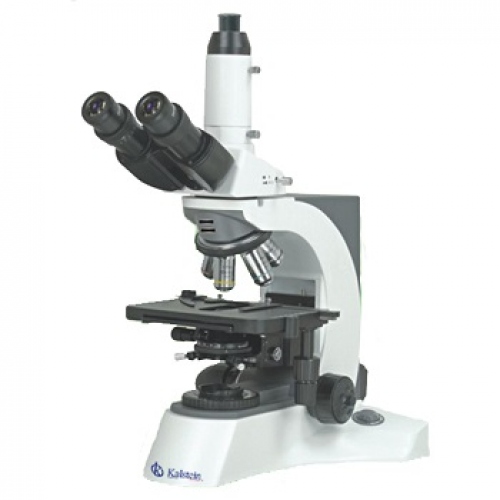A tunnel microscope (STM) is a device for capturing images of atomic surfaces. The tunneling microscope allows the use practices of the current of electrons that originates between a very fine preceptor tip and a conductive prototype, when they are placed very close and a potential is used between both. The image that is collected is the electronic density on the conductive surface allowing atomic order resolutions. The sensitivity of this type of microscope is very high because the current of electrons decreases exponentially with the separation or increase of distance between the tip and the surface to be observed.
Tunnel Effect Microscope Mission
For a STM, it has a good resolution of 0.1 nm laterally and 0.01 nm deep, so the individual atoms within the materials are routinely conceived and operated. Such equipment can be used not only in ultra-high vacuum, but also in air, water, and various other liquids or gasses in the environment, and at temperatures ranging from near zero Kelvin to a few hundred degrees Celsius.
Also, the elements that integrate this type of microscope include the scanning tip, a height-controlled electrical part, x-y scanner, sample-to-tip control, vibration isolation system, and computer.
Keeping the tip approach to the sample, the sample scanning and data collection are computer controlled. The computer can also be used to optimize the image with the help of digital image processes, as well as to execute quantitative measurements.
Using the Tunnel Effect Microscope
The studies provided by the tunneling microscope are applicable in molecular electronics, asymmetric catalysis and in optical devices acting at the nanometric scale, such as light amplifiers. Likewise, it is usable in chemistry for heterogeneous catalysis or for optical and magnetic devices at the molecular scale. At the medical level, biomarkers could be made to separate certain types of viruses and bacteria, but in very small clusters of crops, using solid-state devices.
Also, we could work on photovoltaic cells more effectively in the transformation of solar energy to electric, and on different materials to perform catalysis.
Operation Models of the Tunnel Effect Microscope
The tunneling microscope is designed to observe territories with high or low surface electronic density, and hence to conclude the position of individual atoms or molecules on the surface of a network.
The tunneling microscope works with two operating models of the general domain.
- The first is a constant height character, in which the tip of the microscope remains immobile on the vertical axis, and therefore due to the fold of the surface, the tip-sample distance is enlarged or contracted, and therefore the tunneling current.
- The second mode corresponds to the constant current, in which the tip-sample distance is sought to be maintained, so that the tunnel current does not change. For this, a method of inspection is required that changes the perspective on the vertical axis of the tip, to approximate or retract it while the tip is mobilized on the surface.
Kalstein brand microscope
At Kalstein, we are equipped with the most extensive technology in trained laboratory equipment, to meet all the demands of our customers. In this case, we offer you the Microscopes, belonging to the YR models, with very attractive general features, such as; 3W LED, two wave range (B, G, U, V can be combined). Lens lighting fly-eye. application software. Tilt binocular display head. Fivefold backward (no coding). Unframed scenario 230 mm x 150 mm, range of motion 78 mm x 54 mm. Infinity optical system, Infinity siedentopf binocular display head; tilted to 45° interpupillary 47-78 mm. Infinity phase contrast lens. Inserted Abbe capacitor NA1.25 (including empty plate). HERE
We are manufacturers and we have the best advice, so that your purchase is the ideal and at excellent prices. For more information, visit our website HERE

